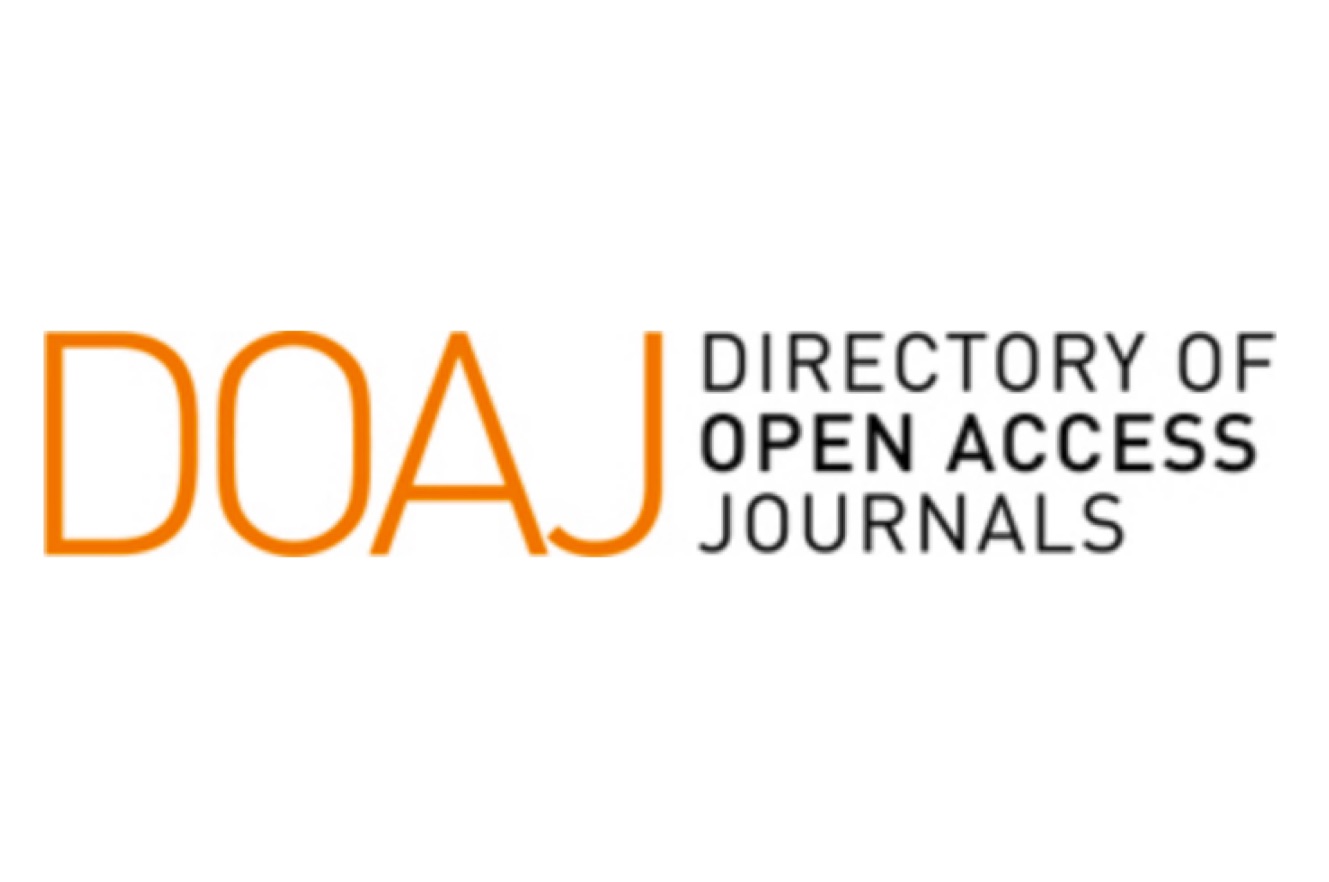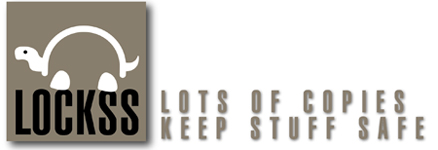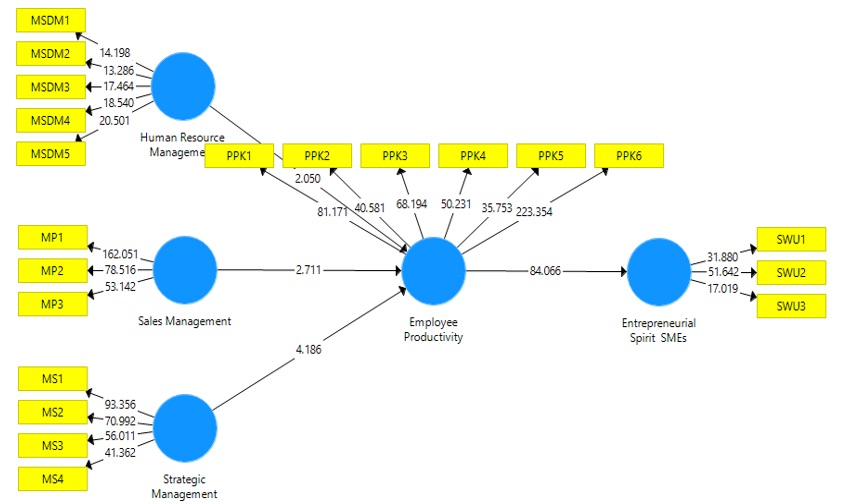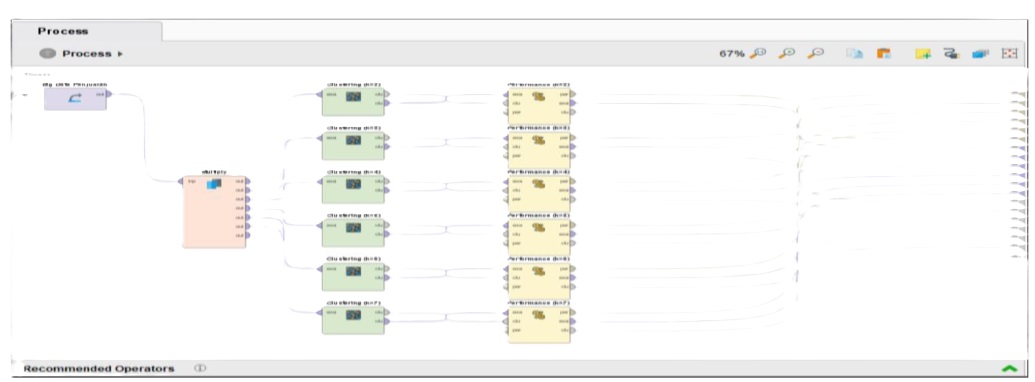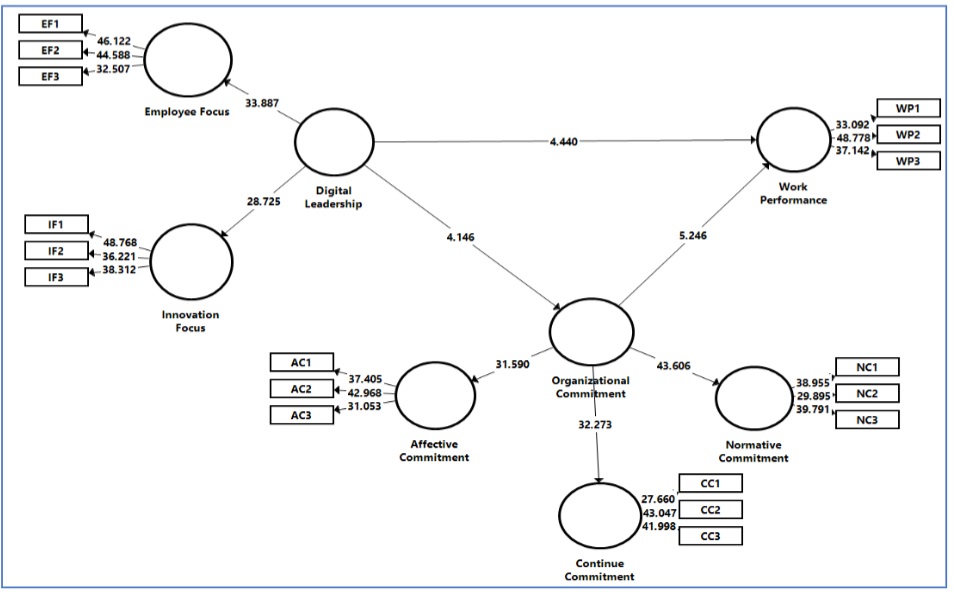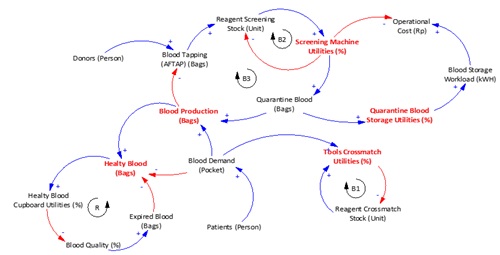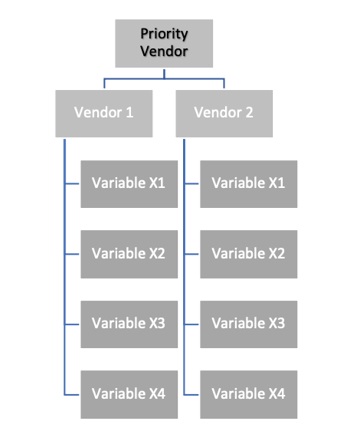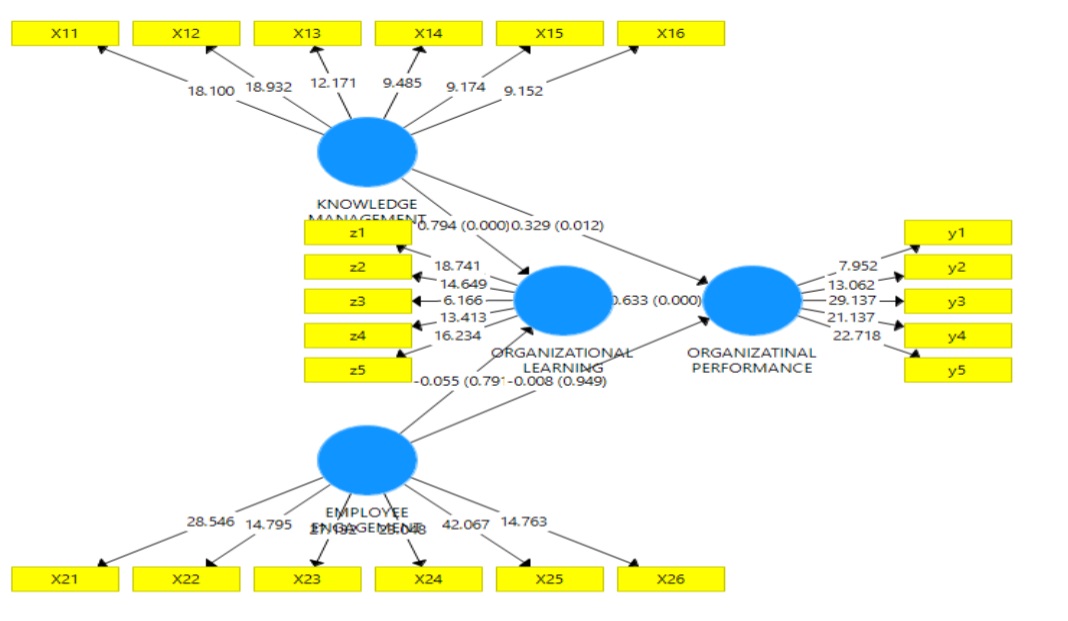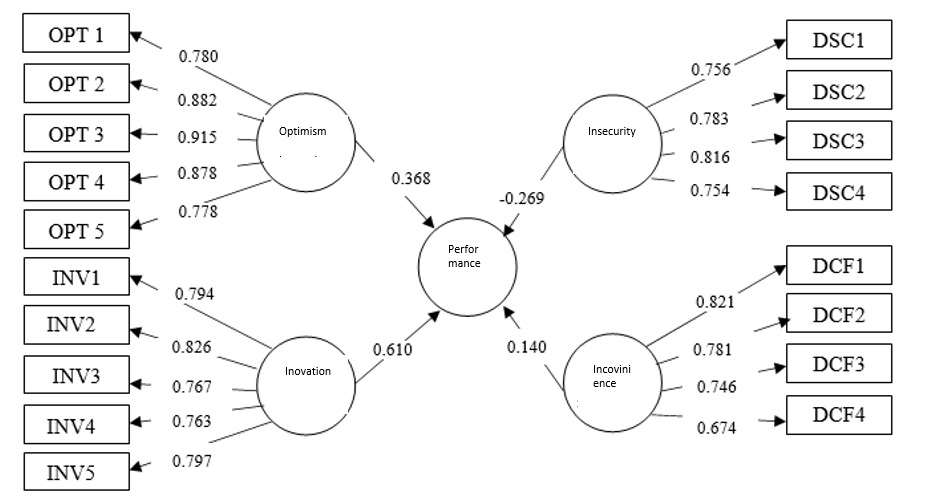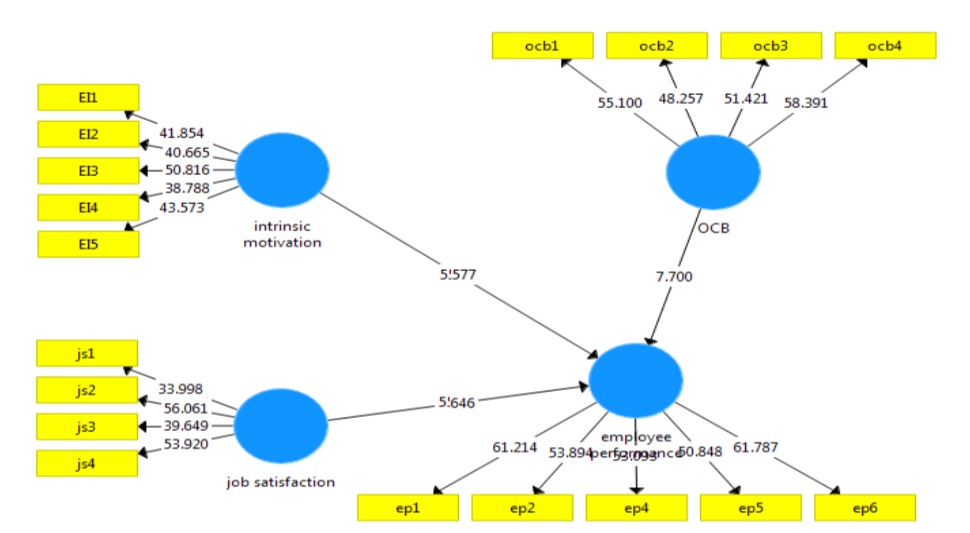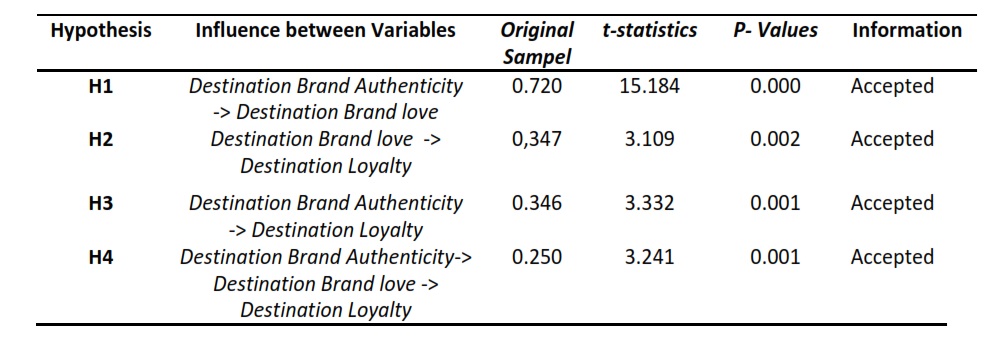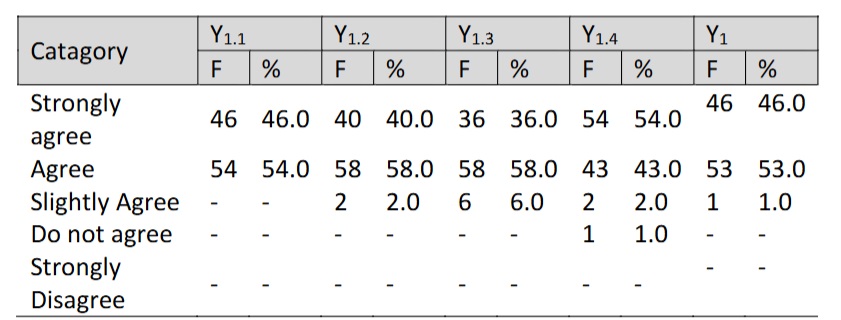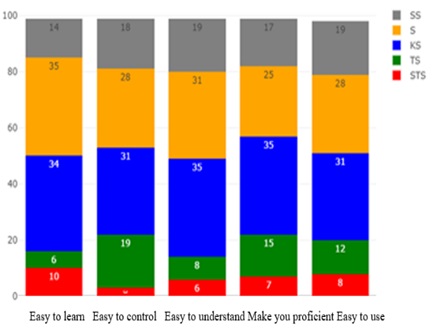MODIFIKASI MANAJEMEN INVENTORI GUDANG DALAM IMPLEMENTASI LEAN WAREHOUSING: SEBUAH STUDI KASUS PADA INDUSTRI FMCG
Downloads
Abstract
The warehouse performance in serving the production department is a top priority to realize the production schedule set by the companies as a response to the market. Market uncertainty is an essential factor that needs to be considered to ensure the sustainability of production activities. Excellent performance in warehouse management will help reduce the impact of risks caused by uncertainty. Thus, it is necessary to make continuous improvements in warehouse management so that its performance will be better. This research aims to formulate practical tactics that can be used by warehouse operators to improve warehouse performance, which is leaner, more productive, and more efficient. The FMCG (fast-moving consumer goods) industry was chosen as the case study in this research. The approach used is a modification of the material classification and changes in material layout. This study presents a significant difference in reducing the time spent on non-value-added activities. This research succeeded in reducing the portion of time used for non-value added activities (waste).
Abstrak
Revolusi industri 4.0 menciptakan peluang bagi UMKM di daerah pedesaan untuk dapat membangun dan mengembangkan jaringan pemasaran pada skala yang luas dan efisien. Penerapan digitalisasi pada suatu Desa akan memberikan dampak luias terhadap potensi apa yang belum diketahui secara umum. Penelitian ini bertujuan untuk mengusulkan desain aplikasi android yang diharapkan dapat memberikan pengalaman baru kepada para pengunjung untuk mengetahui potensi desa yang belum terekspos. Kontribusi dari penelitian ini adalah untuk mempelajari perbandingan pada desain model aplikasi yang dievaluasi pada dua desa dengan budaya dan potensi yang berbeda, yaitu Desa Ponggok Klaten dan Desa Kadubungbang Pandeglang. Hasil QFD dan AHP dapat diketahui bahwa aplikasi bersifat fleksibel terhadap penerapan dua desa serta prioritas kebutuhan pengunjung dan fitur prioritas aplikasi. Hasil erbandingan terdapat kesamaan dalam kebutuhan pelanggan dan perbedaan dalam desain fitur, karena kedua desa memiliki budaya dan topografi yang berbeda.
Downloads
M. A. Wahdan and M. A. Emam, "The Impact of Supply Chain Management on Financial Performance and Responsibility Accounting Agribusiness Case from Egypt,” Account. Financ. Res., vol. 6, no. 2, p. 136, 2017, doi: 10.5430/afr.v6n2p136.
B. John Wambua, W. B. Okibo, A. Nyang'Au, and S. Momanyi Ondieki, "Effects of Inventory Warehousing Systems on the Financial Performance of Seventh Day Adventist Institutions: A Case of Adventist Book Centers (ABC), Kenya,” Int. J. Bus. Manag., vol. 10, no. 4, pp. 259–264, 2015, doi: 10.5539/ijbm.v10n4p259.
T. Manos, "Value stream mapping - An introduction,” Qual. Prog., vol. 39, no. 6, pp. 64–69, 2006.
A. Andri and D. Sembiring, "Penerapan Lean Manufacturing Dengan Metode VSM (Value Sream Mapping) untuk Mengurangi Waste Pada Proses Produksi Pt.XYZ,” Fakt. Exacta, vol. 11, no. 4, p. 303, 2019, doi: 10.30998/faktorexacta.v11i4.2888.
A. Ravizar and R. Rosihin, "Penerapan Lean Manufacturing untuk Mengurangi Waste pada Produksi Absorbent,” J. INTECH Tek. Ind. Univ. Serang Raya, vol. 4, no. 1, p. 23, 2018, doi: 10.30656/intech.v4i1.854.
A. Afif and R. Purwaningsih, "Analisis Waste Pada Industri Mebel Dengan Menggunakan Pendekatan Lean Manufacturing Studi Kasus: CV. Jati Mas Semarang,” J@Ti Undip J. Tek. Ind., 2018.
I. Nursanti and F. Musfiroh, "Penerapan Lean Warehouse Pada Gudang Produk Jadi Cv. Bumi Makmur, Karang Tengah, Wonogiri Untuk Meminimasi Pemborosan,” J. Ilm. Tek. Ind., vol. 5, no. 2, pp. 129–138, 2018, doi: 10.24912/jitiuntar.v5i2.1791.
K. Kusnadi, A. E. Nugraha, and W. Wahyudin, "Analisa Penerapan Lean Warehouse Dan 5S+Safety Di Gudang Pt. Nichirin Indonesia,” J. Media Tek. dan Sist. Ind., vol. 2, no. 1, p. 1, 2018, doi: 10.35194/jmtsi.v2i1.270.
A. Korchagin, A. Deniskina, and I. Fateeva, "Lean and energy efficient production based on internet of things (IOT) in aviation industry,” in E3S Web of Conferences, 2019, vol. 110, pp. 1–13, doi: 10.1051/e3sconf/201911002124.
A. Aljunaidi and S. Ankrak, "The Application of Lean Principles in the Fast Moving Consumer Goods (FMCG),” J. Oper. Supply Chain Manag., vol. 7, no. 2, p. 1, 2014, doi: 10.12660/joscmv7n2p1-25.
M. R. Shaikh, M. Asim, and S. Manzoor, "Effective Warehouse Management Using Lean Concepts and Its Effects On Pakistan's FMCG Industry” Cenraps J. Soc. Sci., vol. 2, no. 1, pp. 167–177, 2020, doi: 10.5281/zenodo.3668328.
N. S. Tadestarika et al., "Improvement Warehouse Storage Allocation of Finished Goods With Class Based Storage Policy in Xyz Using Lean Warehousing Perbaikan Storage Allocation Pada Gudang Finished Goods Berdasarkan Class Based Storage Policy Di Pt Xyz Dengan Menggunakan Lean Wareh,” vol. 2, no. 3, pp. 7557–7565, 2015.
E. Oey and M. Nofrimurti, "Lean implementation in traditional distributor warehouse - A case study in an FMCG company in Indonesia,” Int. J. Process Manag. Benchmarking, vol. 8, no. 1, pp. 1–15, 2018, doi: 10.1504/IJPMB.2018.088654.
B. I. May, M. P. Atkinson, and G. Ferrer, "Applying inventory classification to a large inventory management system,” J. Oper. Supply Chain Manag., vol. 10, no. 1, p. 68, 2017, doi: 10.12660/joscmv10n1p68-86.
S. B. Duque, M. M. Navarro, B. O. Verrey, J. C. Vitao, S. M. Zantua, and R. F. Gabuya, "Optimization of warehouse operations for logistics company in the Philippines,” Proc. Int. Conf. Ind. Eng. Oper. Manag., vol. 8-10 March, pp. 3306–3311, 2016.
P. Magu, K. Khanna, and P. Seetharaman, "Path Process Chart – A Technique for Conducting Time and Motion Study,” Procedia Manuf., vol. 3, no. Ahfe, pp. 6475–6482, 2015, doi: 10.1016/j.promfg.2015.07.929.
P. P. Sheth and V. A. Deshpande, "A Review & Methodology of Value Stream Mapping,” Int. J. Eng. Dev. Res., vol. 2, no. 1, pp. 1130–1133, 2014.
N. Andiyappillai, "Data Analytics in Warehouse Management Systems (WMS) Implementations – A Case Study,” Int. J. Comput. Appl., vol. 181, no. 47, pp. 14–17, 2019, doi: 10.5120/ijca2019918542.
T. Sakthi Nagaraj, R. Jeyapaul, K. E. K. Vimal, and K. Mathiyazhagan, "Integration of human factors and ergonomics into lean implementation: ergonomic-value stream map approach in the textile industry,” Prod. Plan. Control, vol. 30, no. 15, pp. 1265–1282, Nov. 2019, doi: 10.1080/09537287.2019.1612109.
JMIL Jurnal Manajemen Industri dan Logistik (Journal of Industrial and Logistics Management) is an Open Access Journal. The authors who publish the manuscript in JMIL Jurnal Manajemen Industri dan Logistik agree to the following terms:

JMIL Jurnal Manajemen Industri dan Logistik is licensed under a Creative Commons Attribution 4.0 International License. This permits anyone to copy, redistribute, remix, transmit and adapt the work provided the original work and source is appropriately cited.
This means:
(1) Under the CC-BY license, authors retain ownership of the copyright for their article, but authors grant others permission to use the content of publications in JMIL Jurnal Manajemen Industri dan Logistik in whole or in part provided that the original work is properly cited. Users (redistributors) of JMIL Jurnal Manajemen Industri dan Logistik are required to cite the original source, including the author's names, JMIL Jurnal Manajemen Industri dan Logistik as the initial source of publication, year of publication, volume number, issue, and Digital Object Identifier (DOI); (2) Authors grant JMIL Jurnal Manajemen Industri dan Logistik the right of first publication. Although authors remain the copyright owner.















